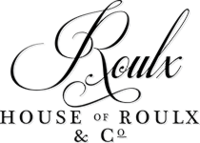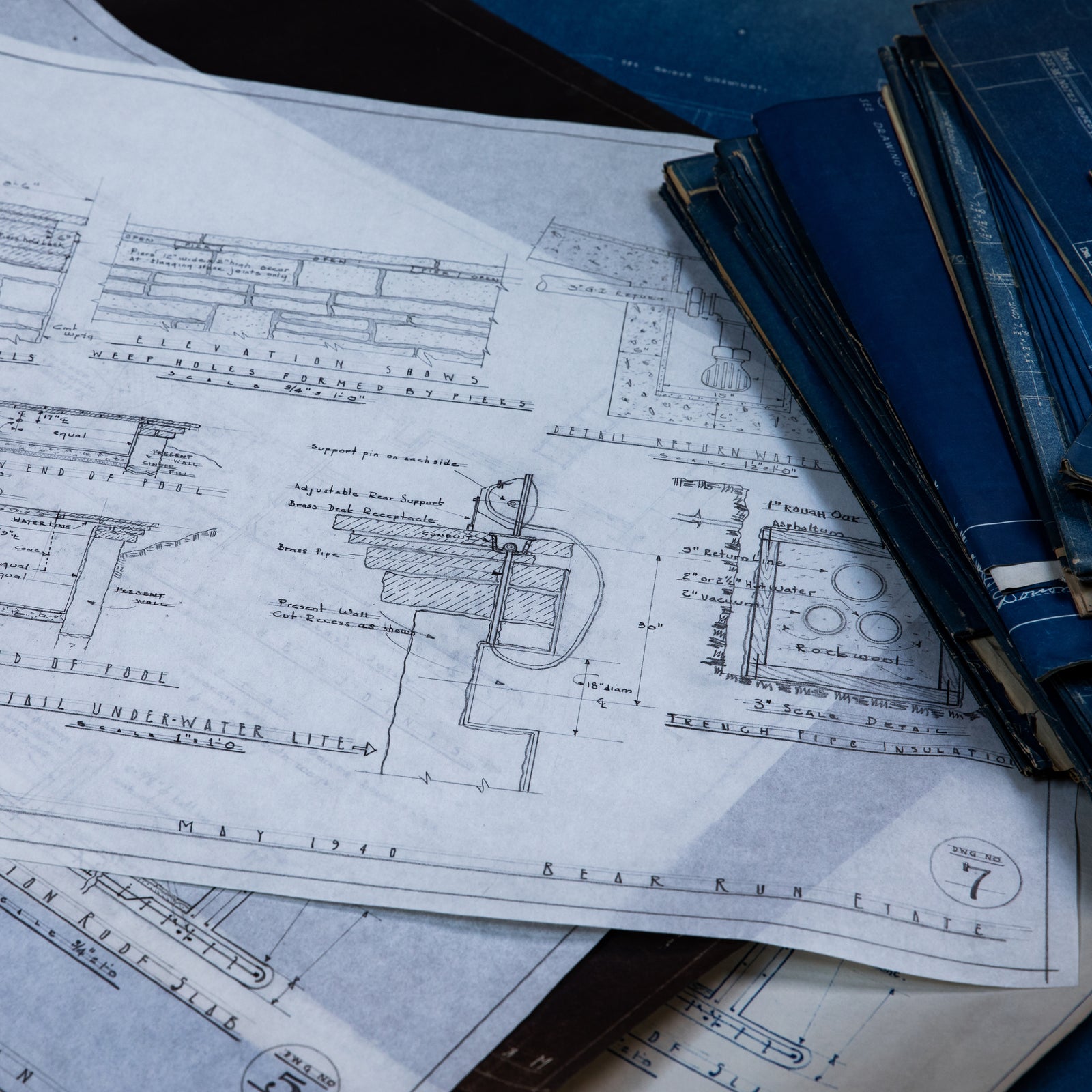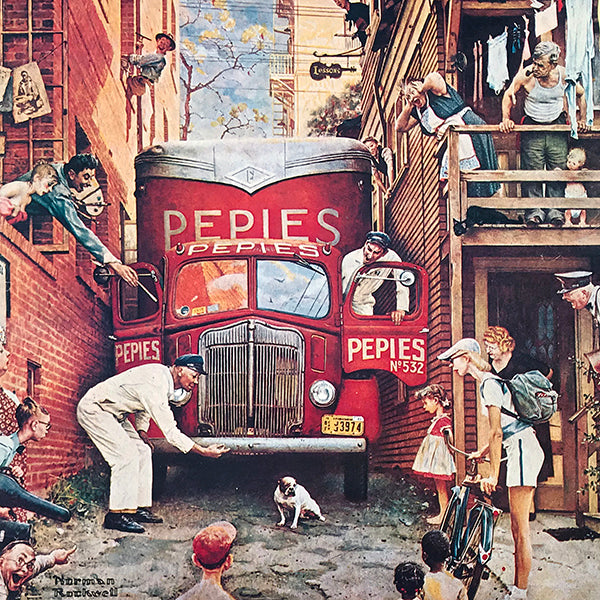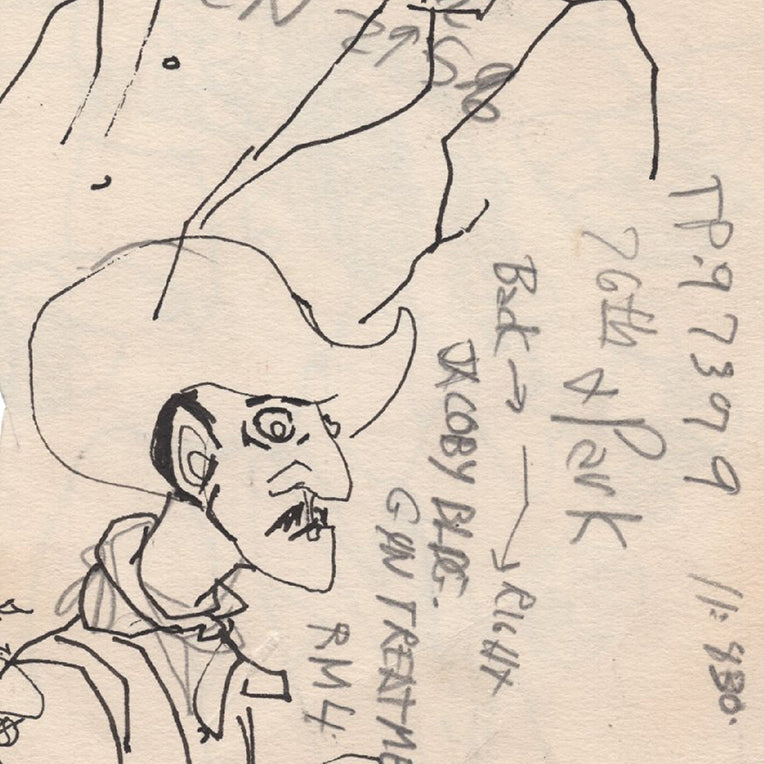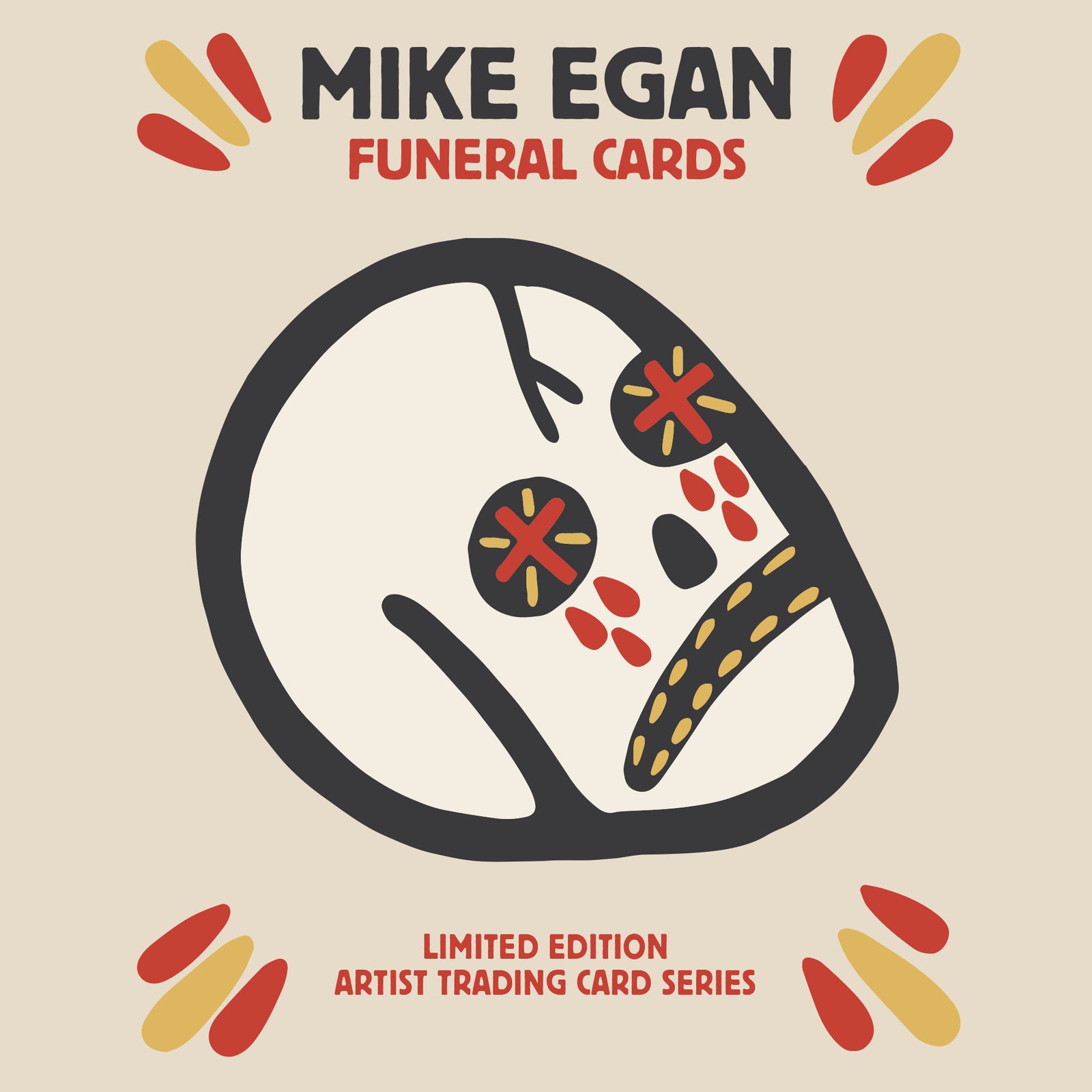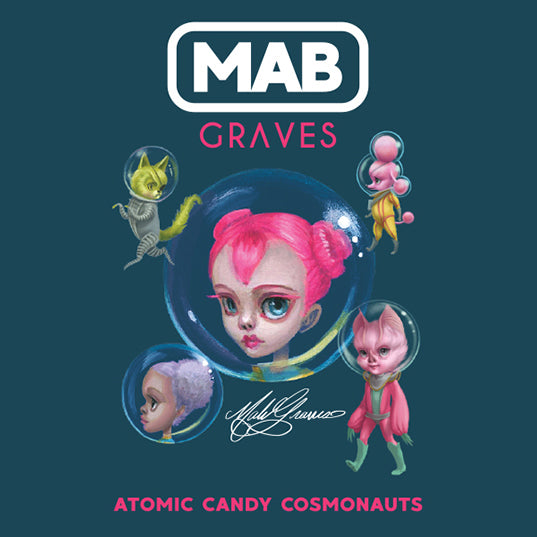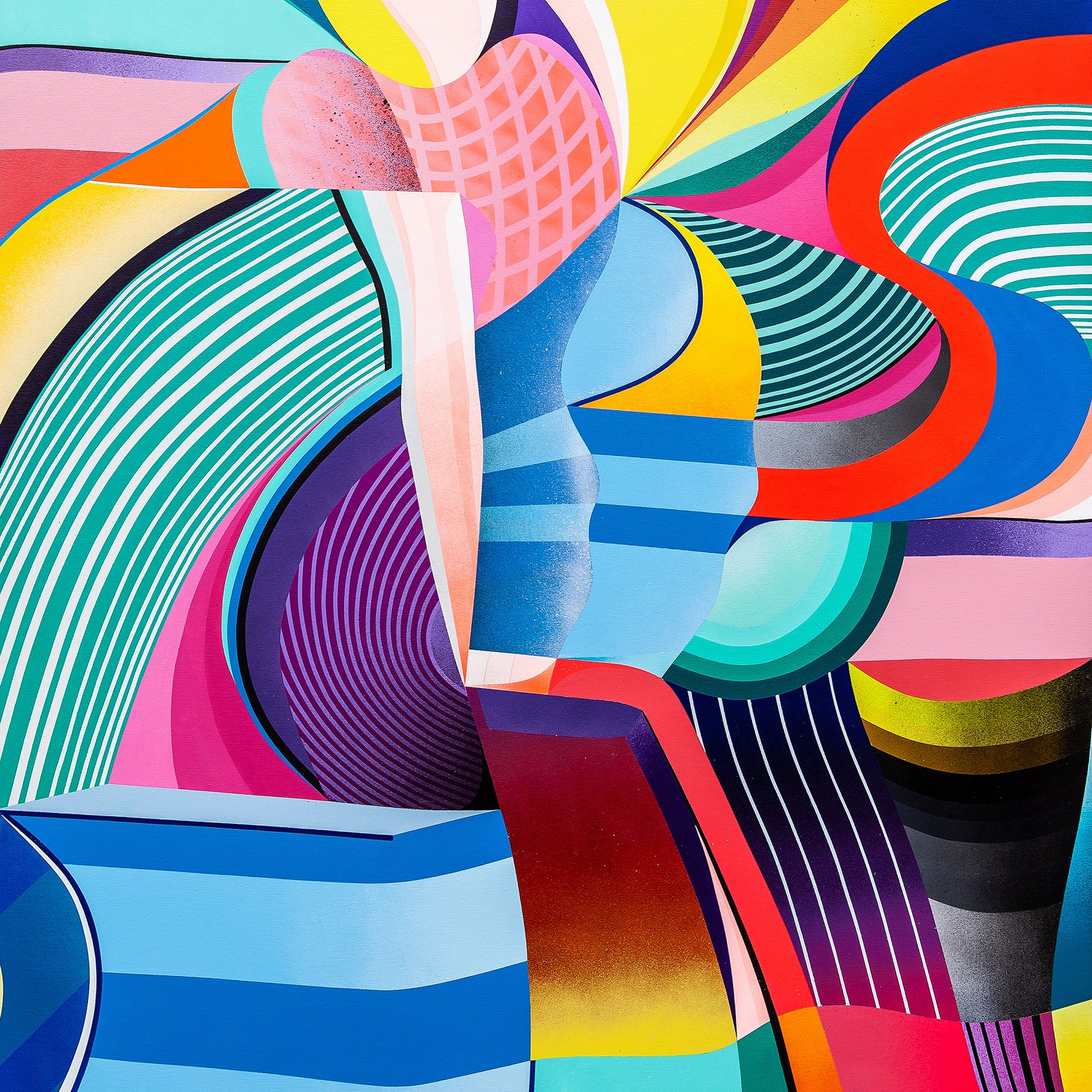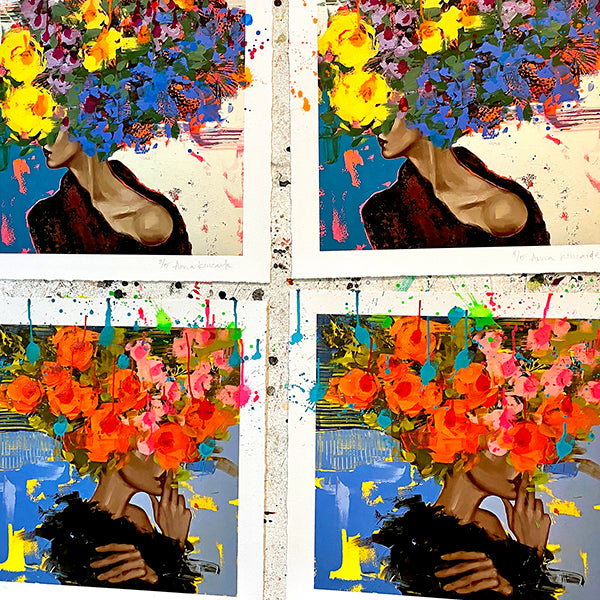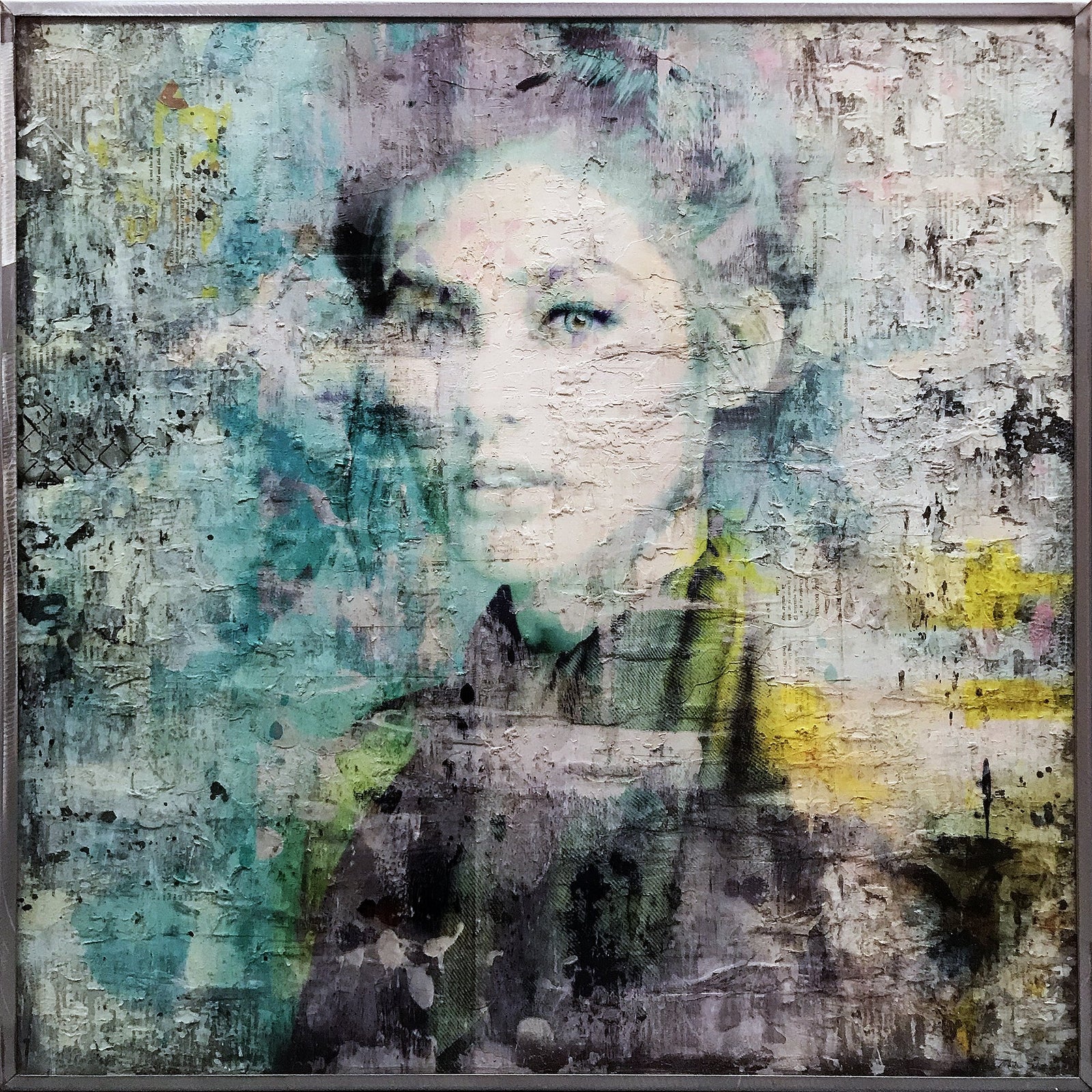If you’re looking to define the word “original,” you could easily use Al Diaz as an example: Al began a storied graffiti career in 1971 in New York City as BOMB-1, making him eponymous with the beginnings of the now flourishing art movement. It just so happens, also, that Al was half of the greatest graffiti collaboration to have ever taken place: SAMO©.
The SAMO© tag – Pronounced Same-oh and meaning “Same Old Shit” – was formed alongside his friend and artistic icon Jean-Michel Basquiat during their days in High School. The now legendary moniker accompanied poetic, thought-invoking sayings scrawled on countless surfaces across downtown New York City and created a remarkable amount of confusion, buzz and excitement. By the late 1970s the two had tagged so many locations that Jeffrey Deitch remarked “you couldn’t go anywhere interesting in Lower Manhattan without noticing that someone named SAMO© had been there first.”
The two went their separate ways in 1980, tagging throughout New York City that “SAMO© IS DEAD” but, thanks to Donald Trump’s presidency, Diaz has resurrected the iconic tag, filling his Instagram with numerous incredible, never before seen photographs of him and Jean-Michel as well as brand new poetic sayings and collaborations, many of which he has released as limited edition prints with House of Roulx.
I was given the opportunity to send Al a few questions about his life, SAMO© and more which he kindly answered with wonderful tidbits of information and history, you can read them in full below:
What are your first memories of Jean-Michel?
I first met JMB at a mutual friend’s house in Brooklyn Heights. I had seen him at City As a School but did not speak with him until this occasion. He seemed perhaps a little shy, if only just soft spoken. Maybe slightly uncomfortable in the presence of a bunch of Graffiti Artists and Skateboarder kids. I would soon afterwards learn that he was quite a confident individual.
What were your artistic aspirations growing up?
I was exposed to art early in life (grammar school). I have pretty much always wanted to live my life creating. Using my ability to “make stuff” from any available materials, write and draw.
Do you have a favorite memory of you and JMB?
Me and JMB once climbed up the side of a building in the West Village just to cut a huge banner down and remove it for no particular reason. We had a few friends below who helped us roll it up and carry it away. It was later abandoned at a girlfriend’s house. The banner read: “Frank Langella As DRACULA at the CHERRY LANE THEATER.” It must have been at least 12’ x 18’. Huge.
Could you explain a bit about how the United States’ current administration made you decide to bring back SAMO©?
I revived SAMO©… a few hours after the election this past November. It seemed appropriate. I had been making my WET PAINT sign anagrams for a few years and I was ready to add to or change my repertoire. SAMO was the obvious vehicle.
Could you tell me a bit about your early graffiti works?
I began writing graffiti in 1971. I wrote BOMB-1. I was one of the very first writers to import Graf Culture to the Lower East Side. I was influenced by SNAKE-1, STITCH-1, and other Writers Corner 188 (Washington Heights) writers as well as Cool Cliff 120 and the writers from Harlem. I first noticed this phenomena during my visits to my cousins house in Washington Heights and art classes I took in Spanish Harlem. I was totally impressed and wanted to be part of it.
Do you spend much time thinking of what you’re going to write, or is it more spur of the moment? Are the locations planned?
The locations for the WET PAINT signage and collaborative “outlaw” installations with Jilly Ballistic are definitely mapped out beforehand. Sometimes even “Site Appropriate.” This does not generally apply to the SAMO graffiti, it’s more about the immediate opportunity.
Have you revisited areas you remember tagging as a teenager? How was 1977 different art-wise to 2017?
Let me count the ways… The most significant differences (to sum this question up) are A, I was 18 in 1977 and I will be 58 on June 10th, 2017…. B, there were no cell phones, computers were the size of a Volkswagen and NYC was still an affordable city to live in, etc.
Do you have a favorite SAMO© phrase that you’ve come up with?
I do not have a particular FAVORITE SAMO although I have always liked “SAMO©… AS AN END 2 MASS PRODUCED INDIVIDUALITY.” I must say I do really enjoy coming up with the RHYMING SAMOs.
You’re an integral part of Art History, I’m curious if that’s something you ponder on?
I have read my name in quite a few books and every now and then I think to myself: “What a ridiculous life I’ve lived.” Honestly, though, I guess I do feel flattered and have a sense of pride about it.
Tell me a bit about your years as a musician? Wild stories?
Around 1979, when Basquiat and I took separate paths, I began making and playing PERCUSSION INSTRUMENTS. Brazilian, African and Caribbean type instruments. It was a trend for many artists to experiment with different mediums. Film and music included. I eventually played live shows and recorded with a variety of notable folks such as: Liquid Liquid, Elliot Sharp (ISM), KONK and a mostly female “Naive Rhythm” band named DOG EAT DOG. After a decade or so the late night lifestyle ultimately took its toll on me and many of my associates.
Any closing thoughts? Advice?
As far as advice I can give: Make your work the most important aspect of your life. Love, money and opportunities will follow. Also to reiterate what Patti smith so eloquently said: “Be happy, take care of your teeth.”
Al Diaz, NYC, 06/07/17
—
(Happy Belated Birthday Al!)

